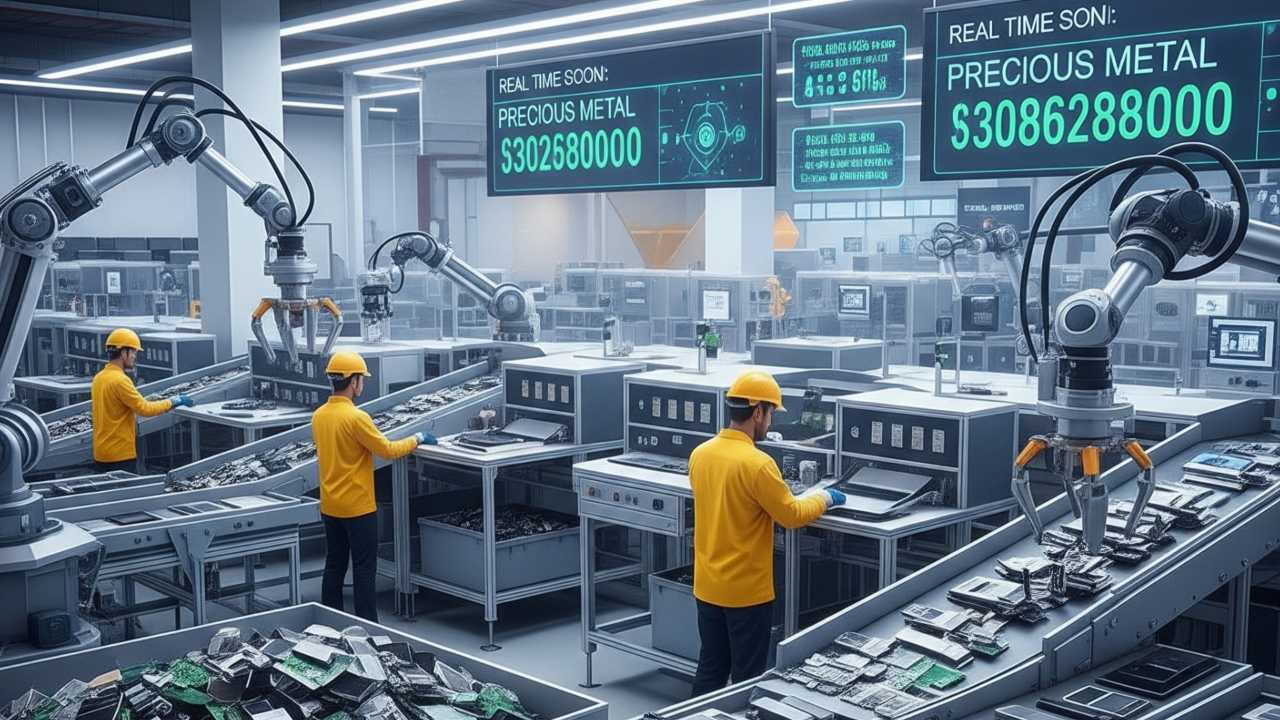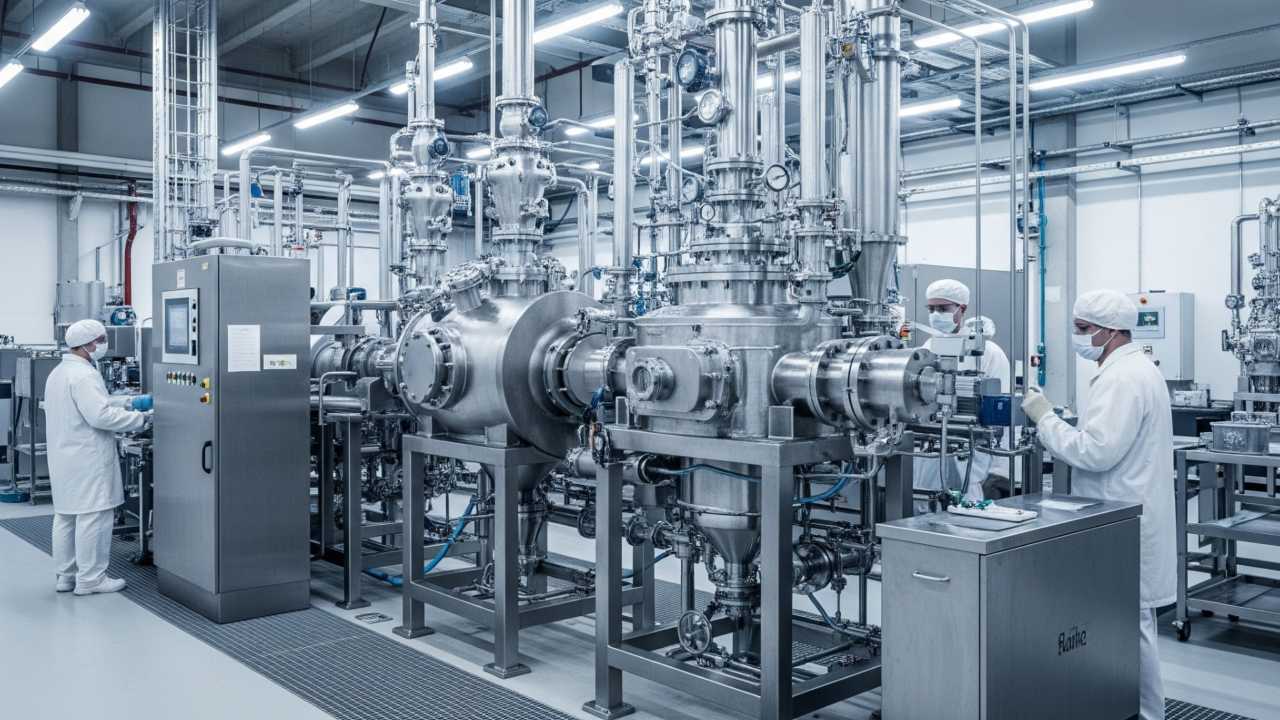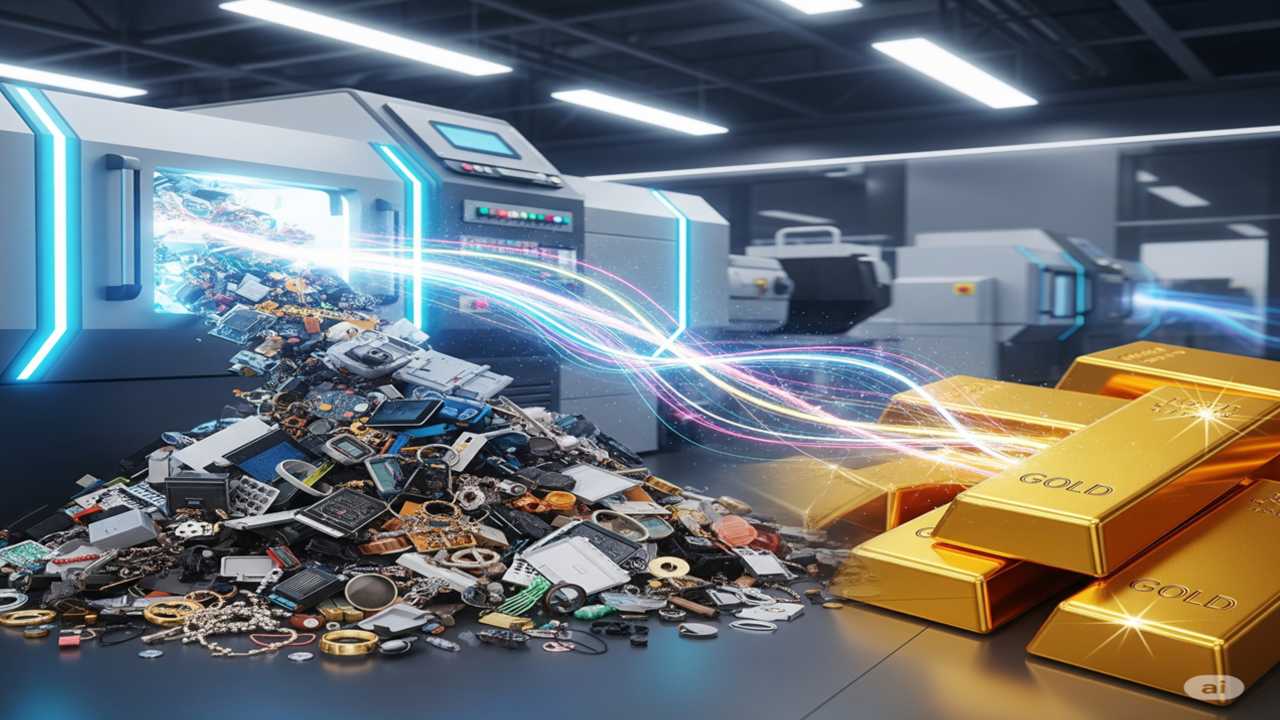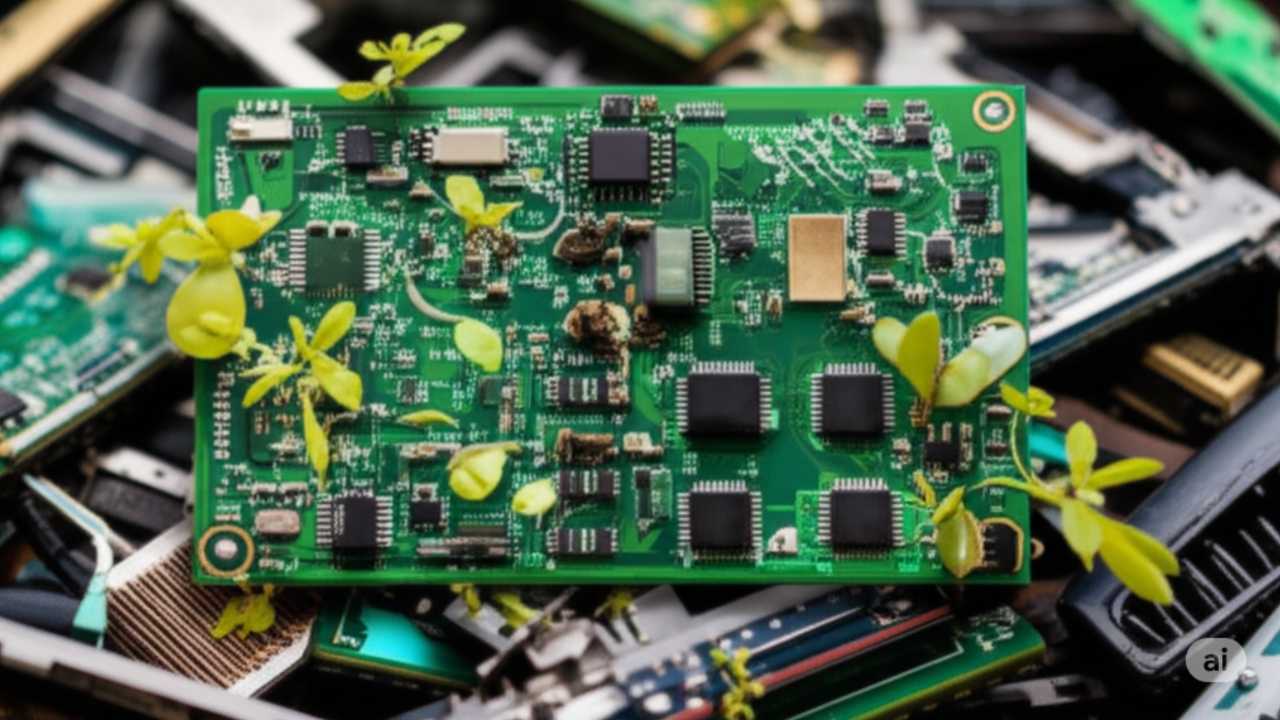Refining for Profit: How E-Waste Recyclers Are Winning Big
In an age defined by rapid technological obsolescence, the digital detritus we leave behind isn’t merely trash; it’s a burgeoning goldmine. Electronic waste, or e-waste, is the fastest-growing waste stream globally, posing significant environmental and health challenges. Yet, amidst the alarming statistics, a new breed of entrepreneurs and innovators is emerging, transforming this ecological burden into a lucrative economic opportunity.
These are the e-waste recyclers, and they are winning big by meticulously refining the “urban mine” for precious metals and valuable raw materials.
The E-Waste Explosion: A Growing Crisis and Opportunity
With over 50 million metric tons of e-waste generated annually worldwide, and projections suggesting this figure will exceed 74 million tons by 2030, the need for effective management has never been more urgent. Discarded smartphones, laptops, TVs, and other devices not only take up landfill space but also leach hazardous substances such as lead, cadmium, and mercury into the environment.
However, hidden within this toxic tide lies incredible value. The same devices that pollute contain significant concentrations of recoverable resources. In fact, the Global E-Waste Monitor 2020 estimated that the raw materials in global e-waste were worth around $57 billion—more than the GDP of many countries. And this value is only set to grow.
Beyond Scrap: The Evolution of E-Waste Recycling
For decades, e-waste recycling was often associated with unsafe practices in informal sectors, particularly in developing nations. Workers would burn wires for copper or soak circuit boards in acid to extract gold, often with little to no protective equipment. The environmental and human toll was immense.
Today, however, the landscape is transforming. Modern e-waste recycling is a highly technical and regulated industry. Advanced facilities in countries like Japan, Germany, and the United States now lead the way in using mechanized and chemical processes to safely and efficiently extract valuable materials.
These next-generation recyclers use robotic arms for disassembly, AI-driven sorting, and closed-loop chemical recovery systems to maximize yield while minimizing harm. It’s no longer just about getting rid of waste—it’s about extracting value strategically and sustainably.
The Hidden Wealth in Devices: Why E-Waste Is So Valuable
At the core of the e-waste gold rush is the incredibly high concentration of precious metals and rare elements in consumer electronics. For example:
- Gold is used in connectors and circuit boards due to its conductivity and corrosion resistance.
- Silver is found in switches and contacts.
- Copper makes up wiring and internal circuits.
- Palladium and platinum are used in high-end electronics and hard drives.
- Rare earth elements, like neodymium, are crucial in magnets, headphones, and electric motors.
A tonne of e-waste may yield up to 100 times more gold than a tonne of ore from a traditional gold mine. That statistic alone has fueled immense interest from investors, environmentalists, and tech companies alike. In essence, we are mining our past consumer habits for the future of sustainability.
The E-Waste Recycling Process: From Trash to Treasure
The path from discarded electronics to refined metals is a multi-stage process, each phase demanding precision and specialized equipment.
1. Collection and Sorting
Recycling begins with proper collection, either through consumer drop-off programs, corporate take-back initiatives, or municipal e-waste collection drives. Items are sorted based on size, material type, and estimated recovery value. This initial step determines the efficiency and profitability of the subsequent stages.
2. Manual Disassembly
Devices are dismantled to remove components like batteries, hard drives, and printed circuit boards (PCBs), which may require different treatment. Skilled workers, often assisted by automation, separate hazardous components for safe handling.
3. Mechanical Processing
The remaining bulk of the e-waste is subjected to mechanical processes such as:
- Shredding and crushing: Reduces devices into smaller pieces.
- Magnetic separation: Extracts ferrous metals like steel and iron.
- Eddy current separation: Isolates non-ferrous metals like aluminum and copper.
- Optical sorting: Identifies plastics and glass by color and type.
4. Chemical Refining (Pyrometallurgy and Hydrometallurgy)
The true alchemy happens during the chemical refinement stages:
- Pyrometallurgy involves high-temperature furnaces that melt down materials. Though energy-intensive, this process is highly effective at separating metals from other elements.
- Hydrometallurgy uses acids and solvents to dissolve specific metals from shredded material. Metals are then selectively precipitated out, leaving behind unwanted residue. This process is cleaner and more energy-efficient than pyrometallurgy and is growing in popularity for its precision.
Profit Drivers: What Makes E-Waste Recycling So Lucrative?
High-Value Recovery
Given the volatile yet generally rising prices of precious and rare metals, recovering even small amounts can lead to substantial returns. Gold, for instance, has been trading near record highs, making its recovery highly profitable.
Lower Input Costs
Compared to traditional mining, urban mining eliminates the need for land acquisition, environmental disruption, and many logistical hurdles. The raw materials—discarded devices—are often acquired for free or at very low cost.
Technological Advancements
Innovations in AI, robotics, and chemical engineering have vastly improved recovery rates and reduced operational costs. For example, some automated disassembly systems can process up to 10 times more units per hour than manual labor, with greater accuracy and less waste.
Strategic Partnerships
Top recyclers are securing long-term contracts with OEMs (original equipment manufacturers), retailers, and IT asset disposition (ITAD) providers. These partnerships guarantee a steady inflow of e-waste and often include data destruction services and refurbishing, adding additional revenue streams.
Vertical Integration
Forward-thinking companies are not just extracting materials—they’re reusing them in-house or selling them to sustainable manufacturers. Some even remanufacture electronics, tapping into the growing market for refurbished and upcycled devices.
The Regulatory Advantage: Government Support and Policy Trends
As awareness of the e-waste crisis grows, governments around the world are responding with legislation that indirectly benefits recyclers. These include:
- Extended Producer Responsibility (EPR) laws, mandating that manufacturers manage the disposal of their products.
- Right-to-repair laws, which encourage the repair and reuse of devices rather than outright replacement.
- Trade restrictions on exporting e-waste to developing countries, which incentivize local recycling infrastructure.
In regions like the European Union, compliance with the Waste Electrical and Electronic Equipment (WEEE) Directive has led to more consistent and regulated collection and recycling standards. These frameworks help professional recyclers gain legitimacy and public trust, enabling them to scale operations without facing the reputational damage that plagued the industry in the past.
Consumer Participation and the Circular Economy
Today’s consumers are more environmentally conscious than ever before. The desire to reduce personal carbon footprints and contribute to sustainability has led to increased participation in responsible recycling practices.
E-waste recyclers are capitalizing on this by:
- Launching consumer drop-off points at retail locations.
- Offering incentive programs like store credits or cash-for-gadgets.
- Educating the public about the importance of proper disposal and the hidden value in old electronics.
This collaboration between consumers, corporations, and recyclers is at the heart of the circular economy—a model where products are reused, materials are recovered, and waste is minimized at every stage of a product’s lifecycle.
Remaining Challenges and Future Outlook
Despite its growth, the e-waste recycling industry faces ongoing challenges:
- Volume and complexity: With thousands of device types, each with different material compositions, standardization remains elusive.
- Illegal dumping and black markets: Many countries still lack enforcement of e-waste laws, leading to illicit trade that undercuts legitimate recyclers.
- Data security: Handling old electronics, particularly from corporations, requires rigorous protocols to prevent data breaches.
However, the trajectory remains strongly upward. Emerging trends like blockchain-based tracking, eco-labeling, and AI-powered sorting lines promise to further streamline and secure the industry.
Final Thoughts: The Gold Rush of the Digital Age
E-waste recycling is no longer a niche activity—it’s a cornerstone of the green economy. With valuable metals to recover, energy costs to save, and a planet to protect, e-waste recyclers are proving that sustainability and profitability are not mutually exclusive.
By investing in technology, forming strategic alliances, and aligning with global regulatory and consumer trends, these companies are turning yesterday’s tech into tomorrow’s treasure. As digital consumption continues to rise, so too does the importance—and opportunity—of refining the urban mine.








